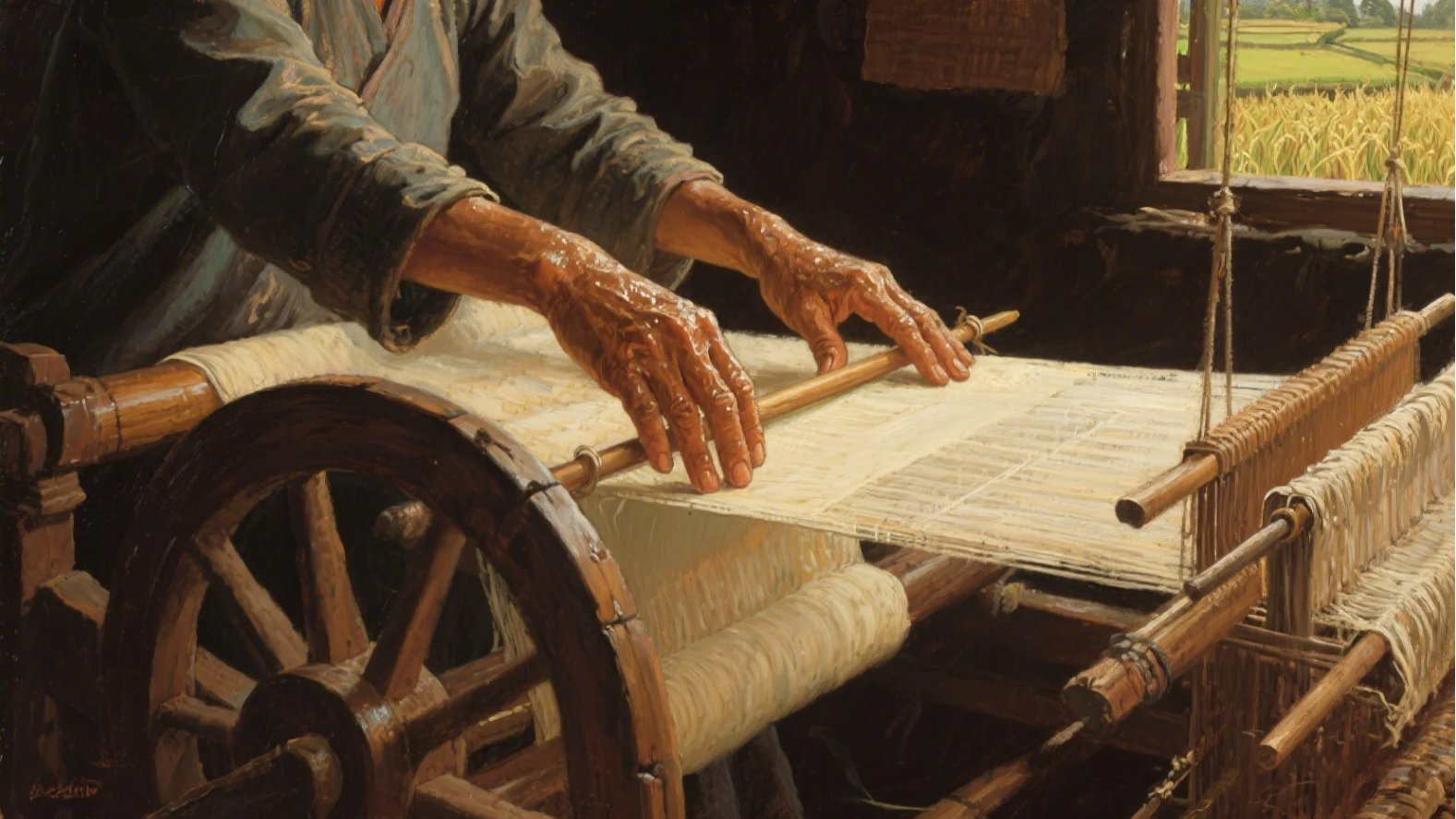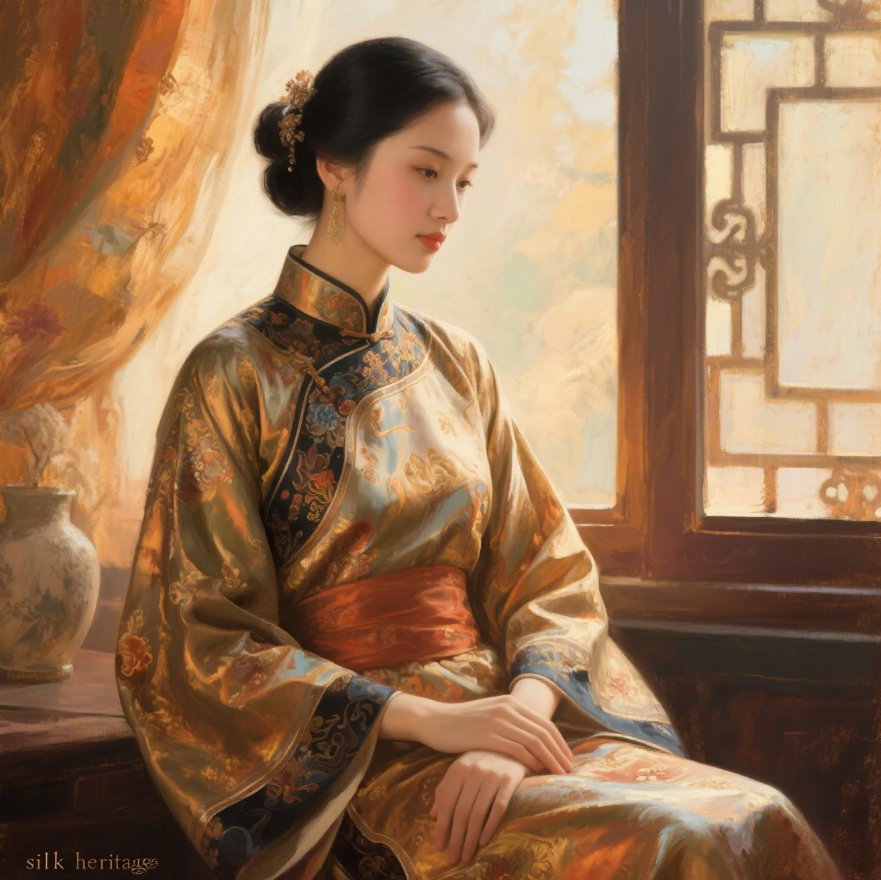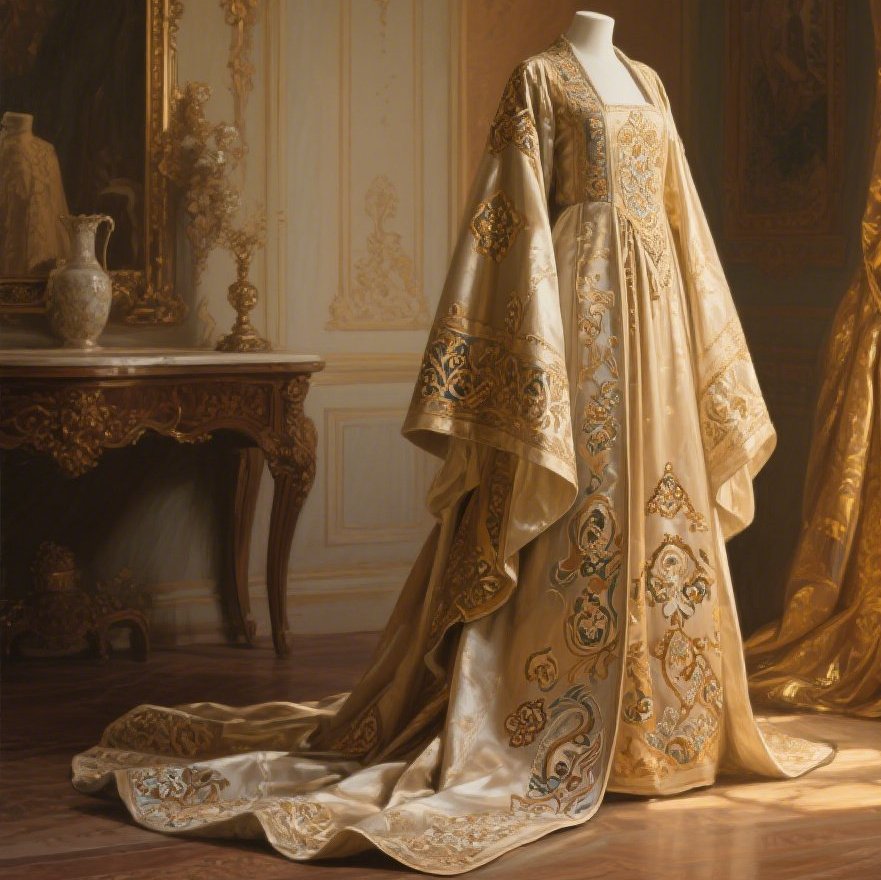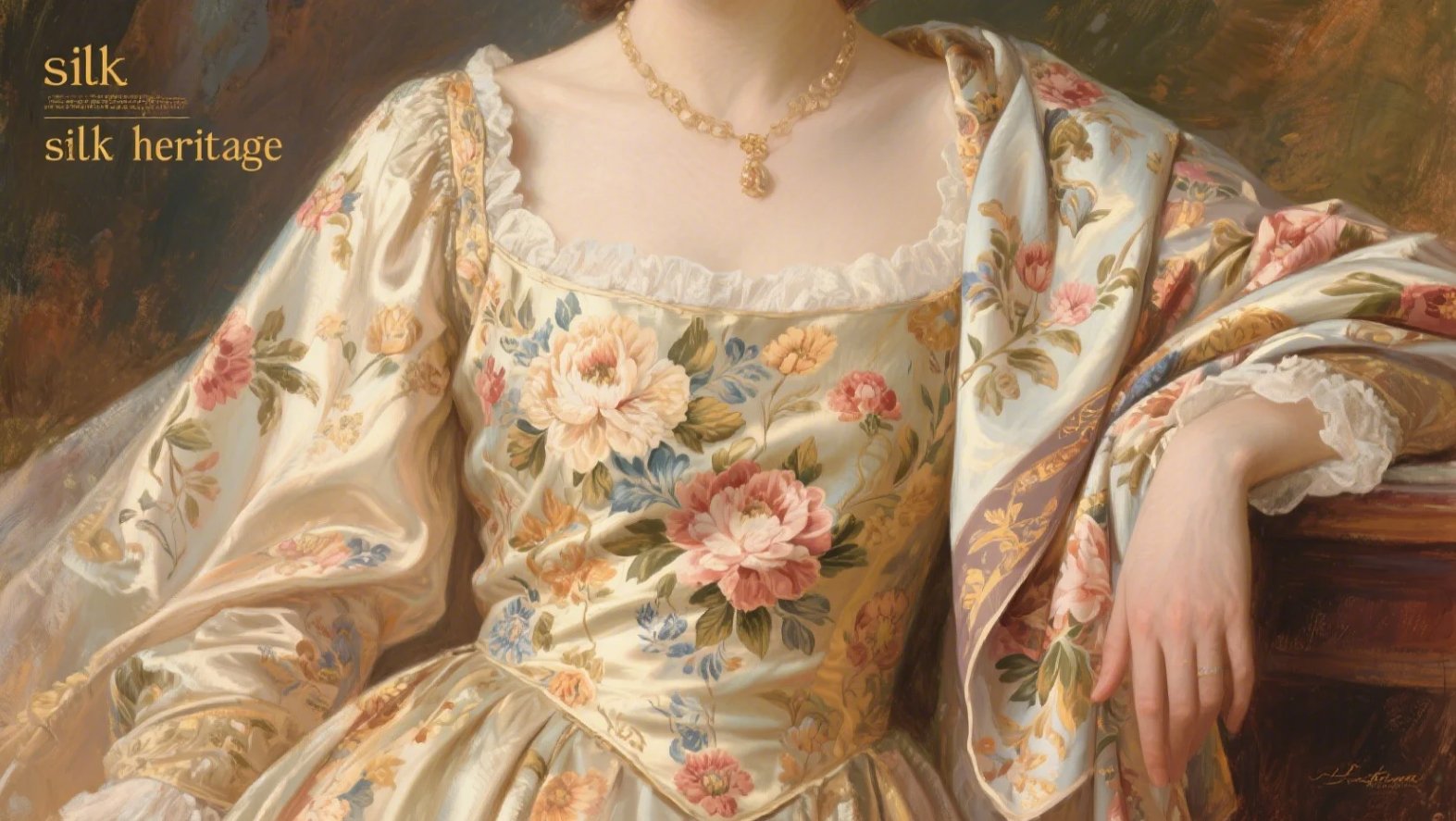Unveiling the Artistry of Sericulture Chinese silk production unveils the artistry of sericulture, a heritage cherished on AllWinChina.org. As a non-p
Unveiling the Artistry of Sericulture
Chinese silk production unveils the artistry of sericulture, a heritage cherished on AllWinChina.org. As a non-profit dedicated to preserving Chinese culture, we explore this craft as of 7:32 PM PDT, July 8, 2025. Dating back over 5,000 years to the Neolithic period, it transformed silkworm cocoons into a global luxury. Dive into its techniques and history to enhance your appreciation or sustainable practices, enriched with practical insights.

Chinese silk production
Origins of Chinese Silk Production
The origins of Chinese silk production began with Empress Leizu of the Xia Dynasty (circa 2700 BCE), who legend says discovered sericulture. By the Han Dynasty, it fueled the Silk Road, with techniques like reeling and weaving perfected. Secretly guarded, it spread westward, shaping economies. AllWinChina.org preserves this legacy, with SEO-optimized content indexed by Google, accessible to textile enthusiasts worldwide tonight.

silk heritage
Mastering the Craft
Mastering Chinese silk production involves meticulous steps. Raise silkworms on mulberry leaves, harvest cocoons after 25-30 days, and boil them to unwind silk threads. Weave using handlooms for authentic patterns. Our site’s fast-loading guides, updated as of July 8, 2025, include rearing tips and dyeing methods, empowering you to experiment or understand this labor-intensive art with cultural precision.

silk production
Cultural Significance
The cultural significance of Chinese silk production is vast. It symbolized wealth, influenced fashion from Rome to Byzantium, and supported trade networks. AllWinChina.org’s non-profit mission safeguards this, countering synthetic alternatives with sustainable narratives. As of today, engaging with sericulture promotes eco-friendly crafting and historical pride—skills you can apply to support artisans or explore textile heritage in a modern context.
Get Involved
Ready to weave? Explore Chinese silk production on allwinchina.org/portfolio or share your projects on X with #ChineseSilkProduction. Contact us at silk@allwinchina.org to join workshops or contribute techniques. This tradition, refreshed at 7:32 PM PDT today, thrives with your interest—what aspect of silk production fascinates you most? Reflect below with your thoughts or ideas!



COMMENTS